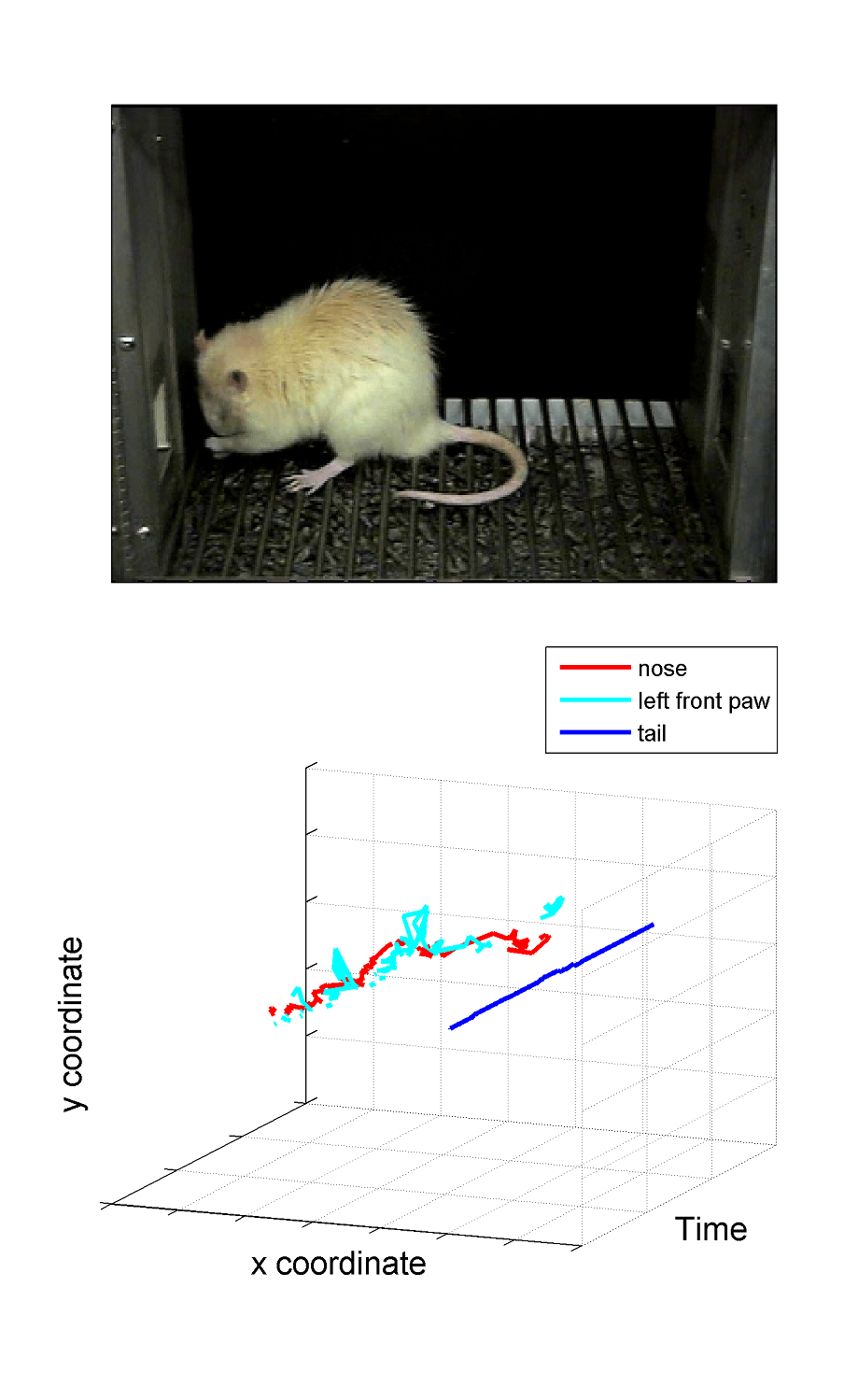|
Mika L. M. MacInnis |
|
|
Graduate Student Office: Hunter Lab 314 Phone: (401) 863 3979 / 338 8818 |
|
|
Mika MacInnis received her BA in psychology from Brown University in 2002. She worked with Russell Church, studying time perception in rats. She received the Muriel Fain Sher award in Psychology for her honors thesis entitled “Positive and negative transfer of temporal conditioning”. Following graduation, Mika stayed in the Time Lab at Brown University to pursue a doctoral degree in Psychology. Her research has focused mainly on how rats integrate temporal information from multiple sources (stimuli) to predict the time food will be made available, as well as how the properties of the stimuli (e.g. intensity, duration, frequency) affect the shape of the response distribution. Packet theory (Kirkpatrick, 2002; Kirkpatrick & Church, 2003) is currently being used to model the behavioral patterns that have been observed. She received her MS in 2004, with her thesis entitled “Time performance in simple conditioning procedures”, and is currently in the process of completing her doctoral dissertation. Mika has also been working on developing a video system to automatically classify the behaviors of rats that are not already automatically recorded in the operant chamber (e.g. grooming, exploring, resting). In her time outside of the lab, Mika enjoys playing with her two dogs, Hermes and Bear, taking pictures, and playing traditional Chinese flutes.
Recent Publications
MacInnis, M.L.M. & Guilhardi, P. (in press). Basic Temporal Discrimination Procedures. In M. Anderson (Ed.) Tasks and Techniques: A Sampling of Methodologties for the Investigation of Animal Learning, Behavior, and Cognition. Guilhardi, P., Keen, R. G.,
MacInnis, M. L. M., & Church, R. M. (2005). How rats combine multiple
time intervals. Behavioural Processes, 69 (2), 189-205. Keen, R. G., MacInnis, M.
L. M., Guilhardi, P., Chamberland, K., & Church, R. M. (2005). The lack
of behavioral effects of fenbendazole: a medication for pinworm infection. Contemporary
Topics in Laboratory Animal Science, 44 (2), 17-23.
|
|
|
Behavior
identification via body-part tracking.
An example of facial grooming.
|
|
|
|
|
